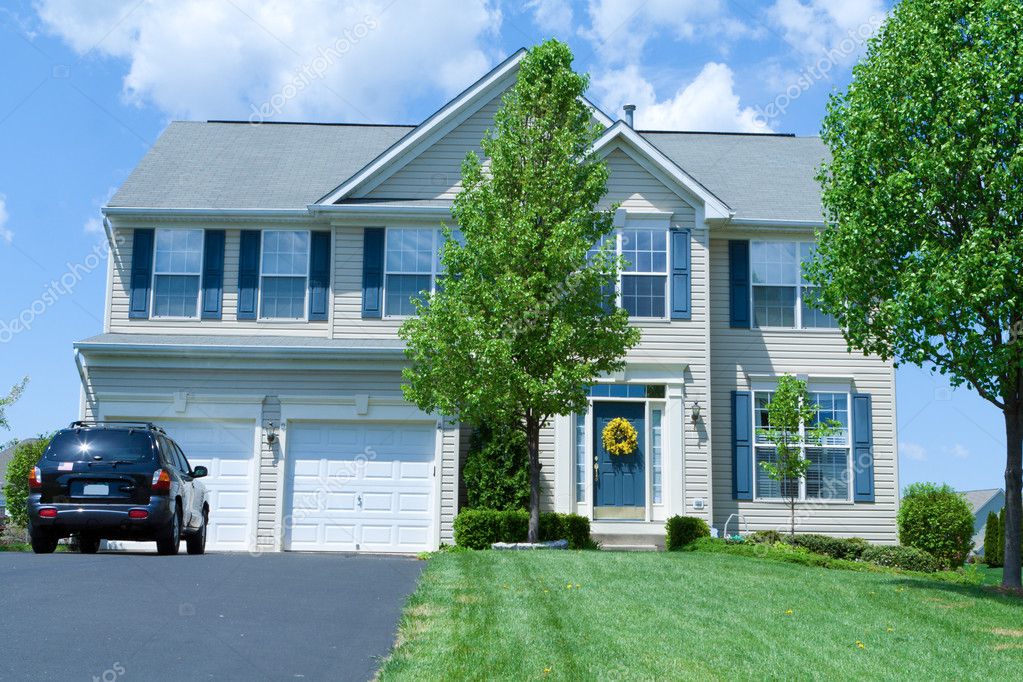Demystifying LIHTC: Everything You Need to Know About Low-Income Housing Tax Credits for Dummies

The Impact of LIHTC on Inexpensive Housing: Discovering the Benefits and Challenges
Budget friendly real estate remains a essential issue in lots of communities all over the United States. Low-income houses battle to find casing choices that are not only inexpensive but likewise satisfy their necessities. To take care of this concern, the federal government government launched the Low-Income Housing Tax Credit (LIHTC) program in 1986. This program has possessed a substantial effect on economical housing, giving both benefits and difficulty.
The LIHTC system urges exclusive financial investment in budget friendly rental housing through offering tax credit scores to creators. These income tax debts are at that point offered to financiers, generating funds that can be used to finance the progression or maintenance of budget friendly property systems. Through leveraging private financing, the LIHTC plan has been productive in developing and maintaining budget friendly real estate options for low-income houses.
One of the essential perks of the LIHTC plan is its potential to raise the supply of inexpensive rental devices. Developers who get involved in the system get tax credit scores over a duration of 10 years, which incentivizes them to build or refurbish properties particularly for low-income occupants. As rental property , more inexpensive units become on call, resolving the demand for budget friendly housing in many communities.
Furthermore, LIHTC progressions commonly integrate added services and services that help residents beyond merely affordability. These progressions might consist of component such as area facilities, recreation spaces, and green rooms that boost quality of lifestyle for low-income families. Furthermore, some growths give supporting companies like task instruction plans or childcare establishments that help homeowners enhance their financial customers and total well-being.
Another benefit of the LIHTC program is its adaptability in phrases of project types and places. The system permits creators to opt for between brand-new construction or recovery projects, relying on neighborhood necessities and market problems. This flexibility allows programmers to adapt their tasks to much better satisfy specific community demands.

Despite its numerous perks, nevertheless, there are actually also problem associated along with the LIHTC course. One primary obstacle is the minimal funding available for budget friendly housing. The requirement for affordable systems much surpasses the supply, leading in long delay checklists in several areas. The LIHTC course counts on annual appropriations coming from Congress, which can easily change and confine the amount of ventures that can easily be funded each year.
Yet another obstacle is the difficult nature of the LIHTC course itself. The application process can easily be long and requires significant sources, helping make it complicated for smaller sized creators to engage. In addition, observance along with LIHTC rules and on-going record demands can easily be burdensome and expensive, adding to the obstacle faced through designers.
Additionally, the LIHTC plan experiences criticism pertaining to its effectiveness in reaching those many in requirement. Some suggest that the course predominantly profit creators and financiers rather than low-income families. There are issues concerning whether these advancements are definitely cost effective for those along with very low incomes or if they finish up serving homes along with much higher profit degrees.
To attend to these obstacle, there have been proposals to expand and boost the LIHTC course. One pointer is to raise funding allowances to meet the developing demand for cost effective property. This would make it possible for more ventures to obtain money management and aid decrease delay checklists.
In addition, enhancing the application process and lowering administrative concerns could help make it simpler for smaller sized creators to get involved in the program. Simplifying observance requirements would additionally assist guarantee that more sources are drove in the direction of producing inexpensive units instead than administrative procedures.
In verdict, despite its challenges, the Low-Income Housing Tax Credit (LIHTC) course has had a significant impact on inexpensive housing in the United States. Through leveraging exclusive investment through tax credit histories, this plan has improved the source of affordable rental units while incorporating conveniences and services that help low-income locals. However, resolving backing limits and simplifying administrative processes would even more enhance its performance in meeting the needs of low-income households around neighborhoods nationwide.
